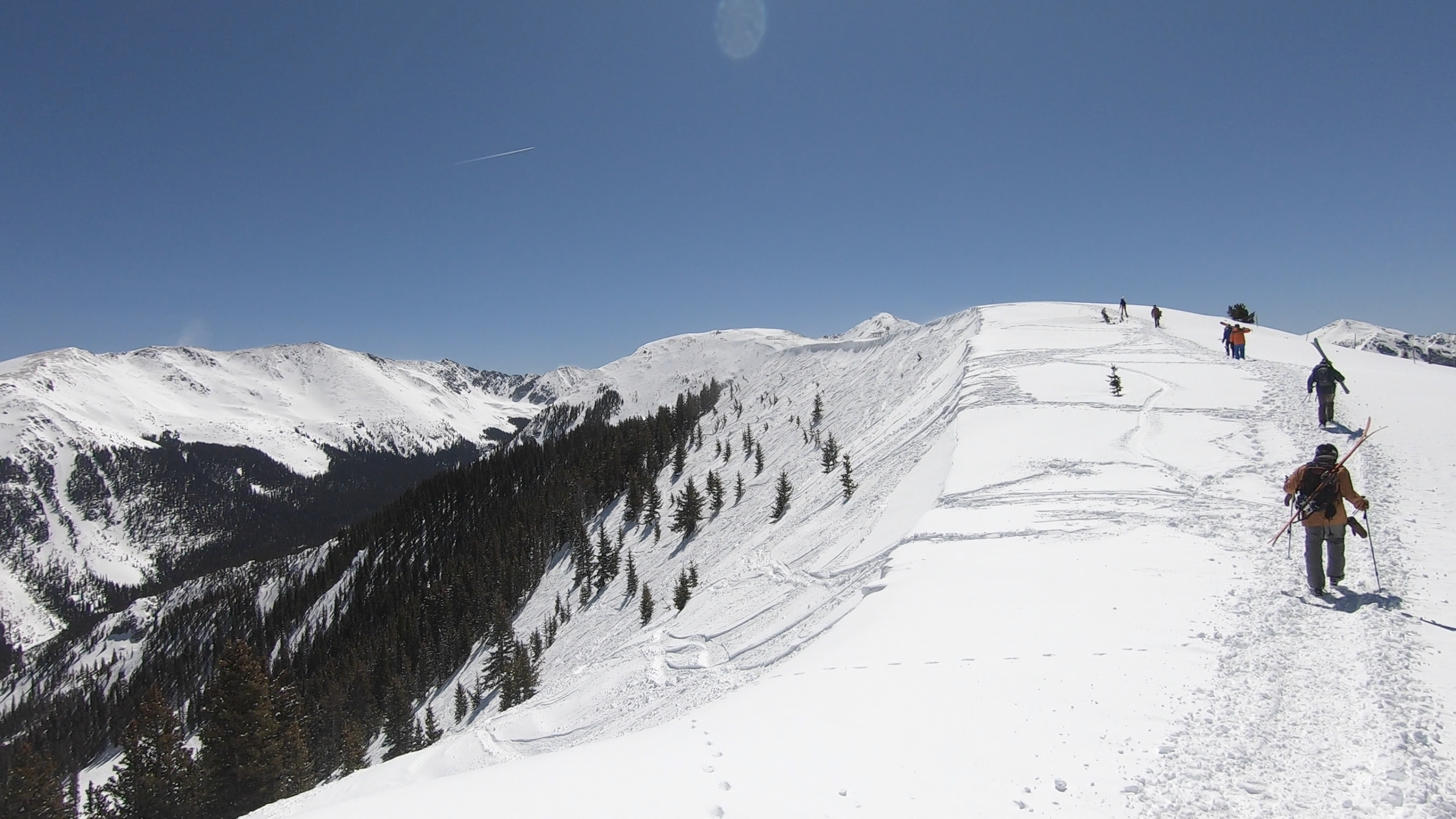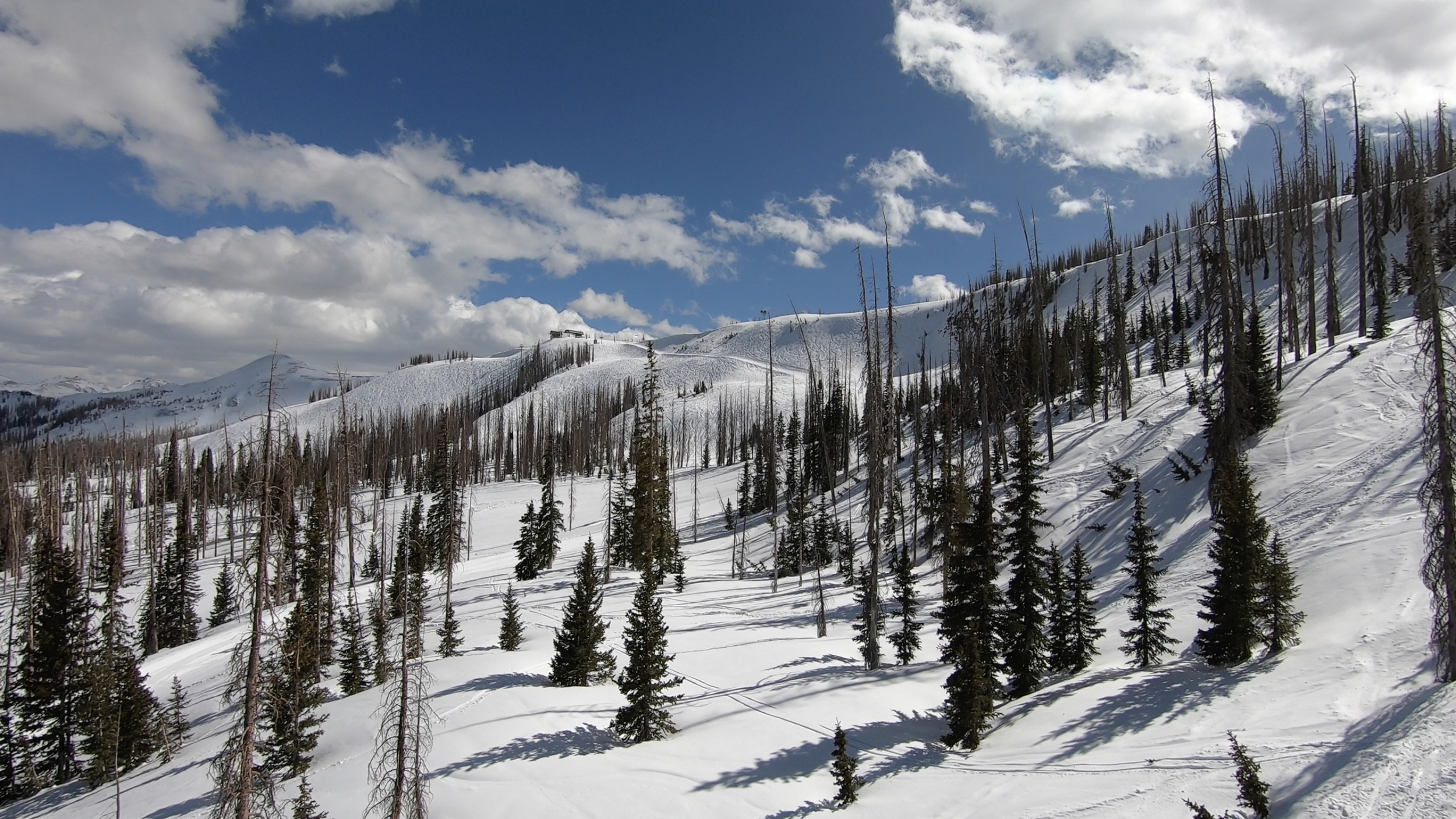Skiing and the Environment: These Are the Resorts Leading the Sustainability Charge
When it comes to visiting a ski resort, one of the most highly sought-after benefits is being able to get away from it all and be one with the natural environment. But what might be surprising to some is just how environmentally taxing operating a ski resort is.
Almost every aspect of your ski or ride day involves some sort of carbon footprint—including in some ways you probably wouldn’t even think about. And with winter sports only growing in popularity, it’s been imperative for ski resorts to innovate and find more efficient ways to operate.
The resorts are well aware of these circumstances, and a few mountains have especially led the charge in sustainability efforts. In this piece, we’ll go through what these leaders are doing, and we’ll also dive into the understatedly substantial impacts they’ll have for both the eco-friendliness of your next ski trip and the efficiency of the industry as a whole.
Taos
Standout Environmental Initiative: Snow Grooming
First off we have New Mexico’s Taos Ski Valley, which is working to address a little-discussed but considerable source of ski resort carbon emissions: grooming the slopes.
Groomed ski trails are the bread and butter of every mountain—and no matter your ability level (although some of our expert readers may prefer not to admit it), there’s no avoiding spending some part of your day on this type of terrain. But these perfectly smooth slopes don’t just come out of thin air, and up until now, resorts have relied on diesel-emitting snowcats to groom all of their trails. As a result, every groomed trail you’ve ever skied or snowboarded on has had some sort of carbon footprint associated with it.
But Taos is working to change that. The resort just added three electric snowcats to its fleet, which has allowed it to, for the first time in North America, groom ski slopes without burning a drop of fuel. While the environmental-friendliness of these new electric snowcats does ultimately depend on where Taos sources its electricity from, the mountain is committed to becoming carbon neutral by 2030, moving to an 100% renewable on-site energy supply.
The resort is also phasing out several other gas-powered machines with electric ones, including snowmobiles and snowblowers, and working to reduce energy use in its on-mountain buildings.
Mount Bachelor
Standout Environmental Initiative: Forest Fire Debris Recycling
Next up we have Oregon’s Mount Bachelor, which is making the most of an adverse environmental situation to reduce its carbon footprint.
Mount Bachelor is located in a super arid region that is very prone to forest fires. This means at the end of every summer and start of the fall season, there is tons of extra debris from the trees and other plants shedding their leaves and bark. All this biomass accumulates on the forest floor and is a potential forest fire starter and spreader.
But rather than letting all that debris sit around, Mount Bachelor is going out and collecting all of the debris and then burning it for heating purposes. In doing so, Mount Bachelor has found a cheap source of energy, while also cleaning up its local environment. By switching over from propane to biomass, Mount Bachelor is cutting its carbon emissions down by almost two-thirds—or approximately 1,000 tons of CO2.
Every building or lodge at Mount Bachelor will be powered by this biomass when this project is complete within the next few years, so while you are enjoying the mountain amenities, you’ll also be helping the local environment!
Alta
Standout Environmental Initiative: Avalanche-Counteracting Tree Restoration
If you’ve skied at Utah’s Alta before—sorry snowboarders, the sport is banned on premise—you’ll know the resort’s terrain makes for particularly avalanche-prone conditions. In the decades of both controlled mitigation work and natural slides, the resort has seen hoards of its trees taken out.
However, Alta is heavily committed to conservation, and that includes preserving the tree footprint on its slopes. In that vein, the resort has partnered with TreeUtah to plant over 43,000 trees on its slopes, with the mountain hosting a special Tree Planting Day every September for willing volunteers. When you’re skiing down Alta’s bowls, many of the trees alongside you have these efforts to thank!
Alta Ski Area has also invested in their own renewable energy sources. They currently have 91 solar panels on site and have partnered with offsite wind turbine farms. The resort founded the Alta Environmental Center in 2008, which has been a cornerstone for the resort, initiating all of their suitable actions.
The Cottonwood Canyons’ other resorts—Snowbird, Brighton, and Solitude—have each followed in Alta’s footsteps with most of these initiatives, but Alta has been the clear thought leader of the quartet.
Jackson Hole
Standout Environmental Initiative: Wind Energy (Large Resort)
Since 2019, wind-sourced energy has fully powered Jackson Hole Mountain Resort. The Teton Valley, located in eastern Idaho within the same energy grid as the resort, is one of the windiest places in the United States—and as a result of wind farms there, there will always be a clean supply of energy for the resort.
Access to wind farms of this degree is a luxury in the ski industry, and it gives Jackson Hole somewhat of a leg up compared to other North American ski resorts in terms of achieving environmental sustainability. However, Jackson Hole has not stopped at its specific source of energy in spearheading conservation initiatives; the mountain has put forth an incentive to ensure all future on-resort buildings meet certain environmental criteria, and all newly built structures must be able to store and adequately keep heat inside while also conserving energy. All new building proposals must be submitted to the Jackson Hole destination management plan team for their approval to ensure this comes to fruition.
Like many other Rocky Mountain resorts, Jackson Hole is committed to natural habitat conservation and restoration, water conservation, and the quality of its mountain and surrounding areas.
Jiminy Peak
Standout Environmental Initiative: Wind Energy (Small Resort)
Massachusetts’ Jiminy Peak has been a leader in renewable energy amongst the ski industry for quite some time now. The resort first installed a wind turbine on site in 2007. This marked the first North American resort to own and operate its renewable energy source.
Jiminy Peak wanted to continue in that vein, and in the years following that initiative, they committed to going above and beyond. So, in 2015, they partnered with a local wind farm to source the rest of the energy from renewables. Currently, 66% of the electrical demands for the mountain are provided by their wind turbine, and 33% of the electrical demands come from a solar farm nearby. This allows the resort to operate on roughly 99% renewable energy. That last 1% of non-renewable energy has been tough to move away from, but we can assure you the resort has been working towards it!
Wolf Creek
Standout Environmental Initiative: Community-Oriented Renewable Energy
Wolf Creek has long been a pioneer in the renewable energy space. This remote southern Colorado resort started using renewable energy in 2006, achieving entirely sourced renewable energy by 2013.
In 2017, Wolf Creek became the first resort in the world to be fully powered by solar fields located just outside the resort. The solar field is seven times bigger than the energy demands required of the resort, producing an annual output of 7,000-kilowatt hours. All of the extra energy is then sold to local farmers and residents of local towns at a discounted rate.
The area surrounding Wolf Creek is not super affluent, so most locals greatly receive the cheaper energy price. One of these beneficiaries is a local grape vineyard that, in exchange for the discounted energy, sells its excess grape oil seeds to the resort. Wolf Creek then turns the oil into biodegradable fuel for their snowcats and snowmobiles. This makes every fuel used at the resort either renewably sourced or biodegradable.
These incentives have allowed Wolf Creek to remain a smaller local mountain while helping its surrounding community.
Large-Scale Commitment Plans
While the resorts mentioned earlier in this article are arguably today’s environmental thought leaders, large conglomerates such as Vail Resorts, Alterra, Powdr, and Boyne Resorts have made wide-scale commitment plans across all their resorts.
Vail Resorts
In 2017, Vail Resorts put forth their Commitment to Zero plan. As part of this plan, Vail Resorts plans on cutting net emissions, moving towards landfills, and operating impacts on local forests and ecosystems to zero at all of their resorts. The large, public company intends to reach all of these goals by 2030. To achieve these ambitious goals, Vail Resorts has partnered with local energy companies and waste management companies to maximize their efforts. They've also partnered with the forest service and local environmentally-based companies to clean up the local ecosystems in which their resorts reside.
If you’ve recently visited a Vail Resorts-owned mountain, you’ve likely noticed some of the changes made as part of this Commitment to Zero. The company has significantly cut down on the number of paper trail maps it produces, allowing it to preserve paper; however, this also means guests now must hunt down pocket maps at ticket kiosks rather than finding them readily available around Vail’s resorts. In addition, for the 2022-23 season, the company is moving away from physical passes and allowing guests to load their lift access product directly on their phones; this initiative has met with a bit of controversy as well, but there’s no doubt that if implemented successfully, it will allow Vail Resorts to significantly cut down on waste.
Alterra, Powdr, and Boyne Resorts
These goals align very similarly with those of other large corporations, such as Alterra, Powdr, and Boyne Resorts. Alterra and Boyne have committed to zero waste and net emissions by 2030, while Powdr has committed to specialized conservation efforts at each of their ski areas—this includes Mount Bachelor, the fruits of which we mentioned earlier.
Final Thoughts
Environmental sustainability is a tricky subject in the ski world—not only do changing weather patterns make for less reliable seasons, but the resorts are doing themselves no favors with the carbon emissions currently required to operate. But we’re thankful that every major North American resort is engaged in efforts to prolong the sport as long as possible, with a few standout mountains especially leading the charge.
Next time you ski or ride down a groomer, find yourself warm in a lodge, or hit some particularly hairy tree-riddled terrain, you can thank the leading players for figuring out ways to make these ski day components environmentally-friendly.
For more information on over 90 North American ski resort destinations, check out our overall 2023-24 North American ski resort rankings.







